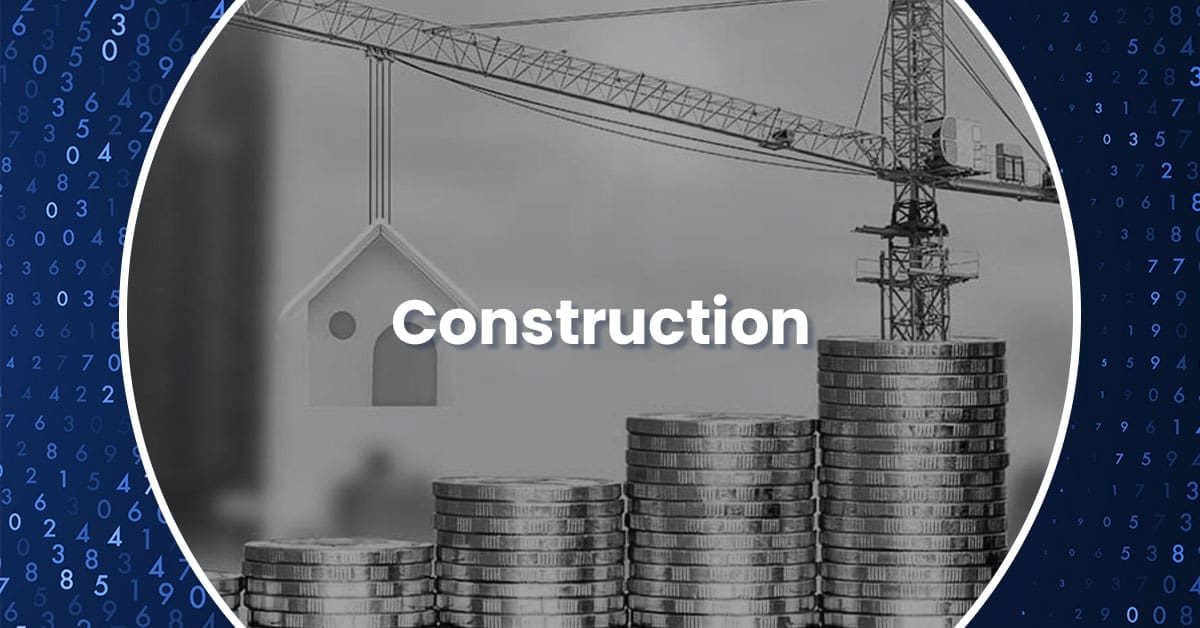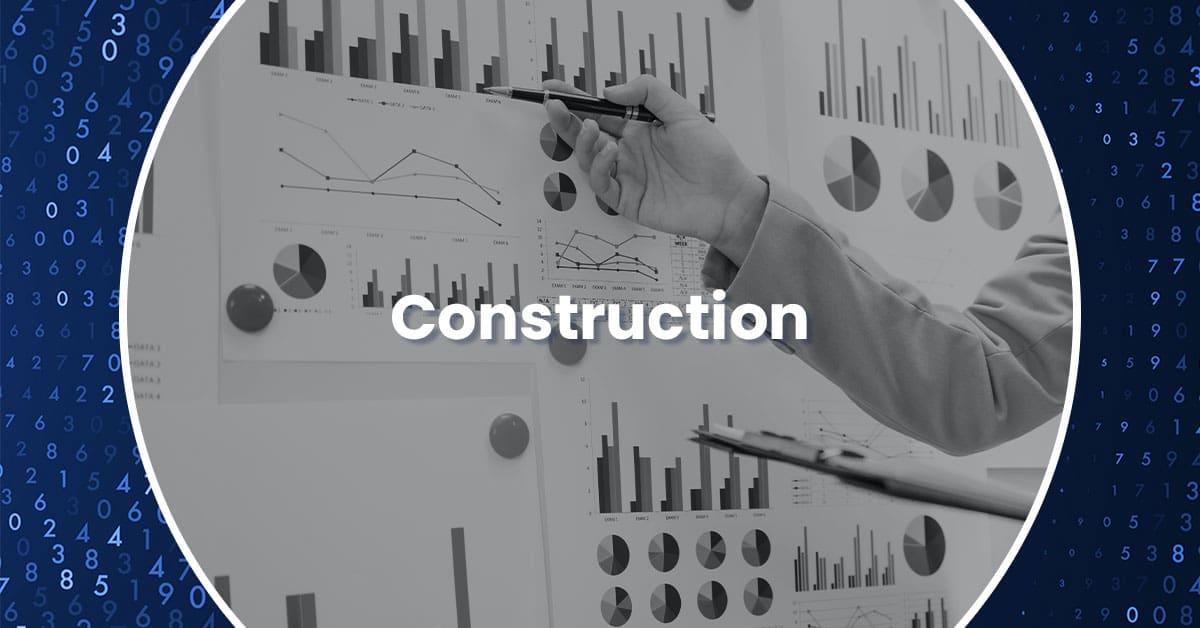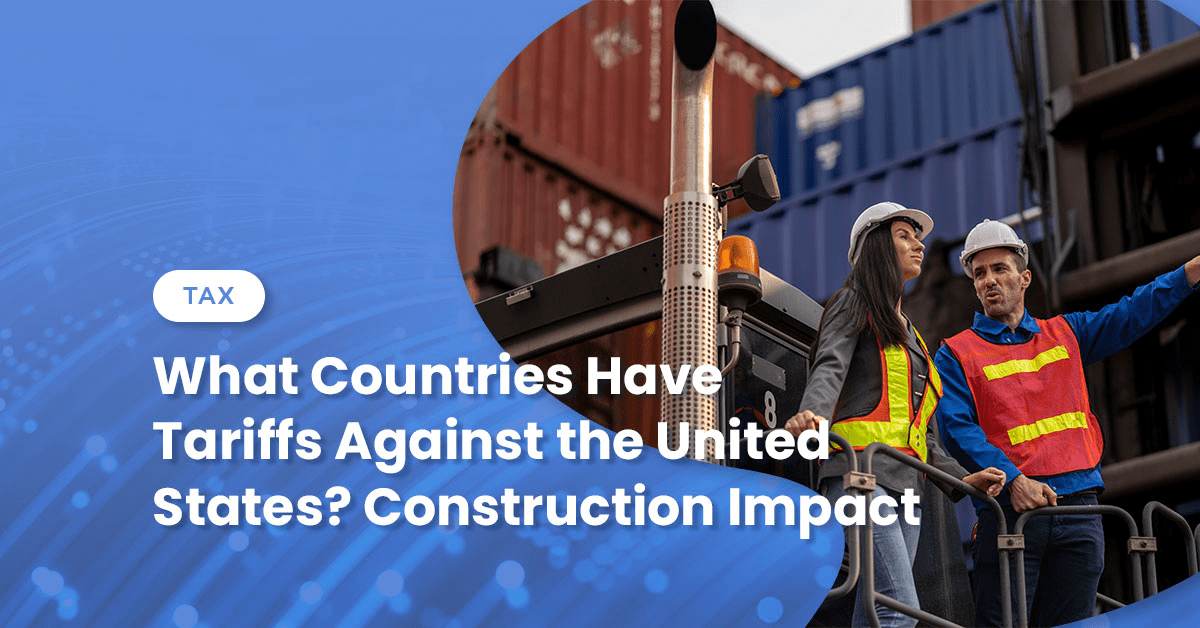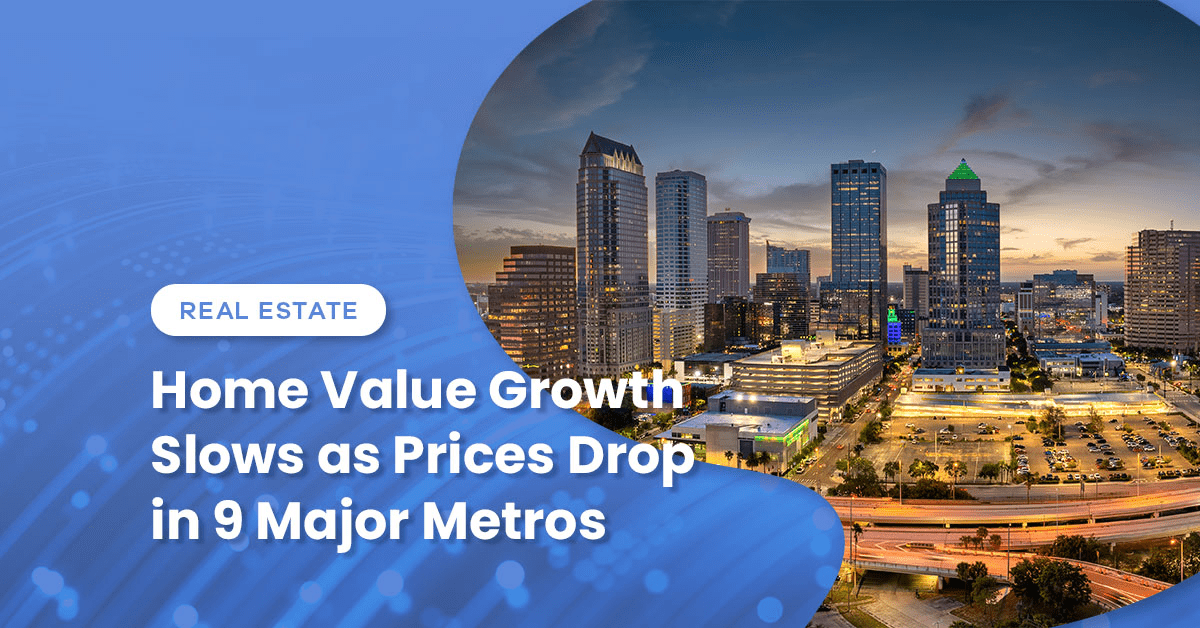At a Glance — What’s Ahead for 2026
- Infrastructure, clean energy, and data-center projects will drive industry growth.
- The One Big Beautiful Bill Act (OBBBA) restores 100% bonus depreciation and the 20% QBI deduction, reshaping tax and capital planning.
- AI and automation are transforming both the field and the back office.
- Sustainability and §179D energy-efficiency deadlines will accelerate retrofit activity through mid‑2026.
- Evolving DBE participation standards, tariffs, and ESG requirements are redefining compliance and partnership models.
- Firms that align technology, talent, and tax foresight will outperform their peers.
A New Era of Building Smarter, Not Just Bigger
The construction industry is standing at the edge of its most transformational year in decades. 2026 will test every contractor’s ability to balance rising costs, workforce shortages, and technology disruption — while seizing new opportunities in automation, tax reform, and sustainable delivery.
The companies that outperform will plan like strategists, build like innovators, and operate with the discipline of financial engineers.
This article offers a practical playbook for leaders who want to navigate uncertainty with confidence and turn 2026 into a springboard for the next cycle.
1. A Market in Motion
Demand remains strong but uneven. Infrastructure, clean energy, industrial, and technology‑based builds — including semiconductor fabs and data centers — continue to expand, while traditional commercial and retail segments stay subdued in many regions. Public funding through the Infrastructure Investment and Jobs Act and OBBBA is fueling civil and utility work across the Northeast.
At the same time, persistent labor shortages, elevated borrowing costs, and tighter bid margins are testing execution discipline. The firms that will outperform are those that actively manage volatility through data, diversification, and disciplined construction planning rather than relying on volume alone.
Tariffs, Trade & Regulation — A Wild Card in 2026
The global trade and regulatory environment remains in flux heading into 2026. Tariff reviews on steel, aluminum, copper, and electrical components continue to shape construction input costs.
At the same time, proposals for border carbon adjustments (BCAs) and domestic content thresholds could alter sourcing decisions for federally funded projects. Contractors should evaluate material exposure by origin, build optionality into supplier networks, and monitor tariff adjustments tied to energy, clean‑tech, and critical‑materials policy.
Environmental and labor regulations are also evolving. New guidance around prevailing wage, emissions reporting, and Buy America compliance will increase documentation demands and affect pricing models. Successful firms will plan early by linking project controls, procurement, and finance teams to adapt quickly to changing requirements.
Regulatory Landscape: Shifting DBE Requirements
As the federal government modernizes its Disadvantaged Business Enterprise (DBE) program, contractors pursuing public and infrastructure projects should anticipate evolving participation rules. Early indicators suggest a move from rigid percentage thresholds to performance‑based inclusion standards focused on verifiable community and workforce impact.
For contractors and developers, this means re‑evaluating joint‑venture structures, subcontractor relationships, and documentation processes well before new guidelines take effect.
Forward‑looking firms are already:
- Reviewing teaming and compliance frameworks across active bids.
- Expanding supplier‑diversity and mentorship initiatives beyond minimum compliance.
- Building data systems that track inclusion, training, and local‑impact metrics in real time.
While final rulemaking is still in progress, one trend is clear: transparency and measurable impact will replace check‑the‑box compliance as the new industry standard. Budget time for change management around prequalification, outreach, and data collection; these will increasingly factor into award decisions.
2. Construction Planning with Precision
The days of static budgets are over. Leading firms embed scenario modeling and real‑time forecasting into their operating rhythm. That means stress‑testing bids for ±15% swings in labor or materials, modeling interest‑rate sensitivity on carry costs, and adopting rolling 12‑month forecasts tied to project milestones.
Dashboards should connect job performance to cash flow, bonding, and backlog so leaders can pivot quickly — pulling forward profitable work, resequencing procurement, or resetting margin expectations early rather than late.
3. Reimagining the Workforce
The labor gap is structural. Contractors that excel focus on talent agility and capability development, not just hiring. Strengthen apprenticeship and vocational partnerships, introduce cross‑training to allow crews to flex across scopes, and digitize field knowledge to prevent expertise from being lost to retirements.
Selective outsourcing, estimating takeoffs, BIM coordination, and AP processing can expand capacity without inflating payroll, especially when paired with clear KPIs and controls.
4. AI Innovation: From Back Office to Bottom Line
AI has moved from experimentation to execution. In the field, generative scheduling and predictive analytics identify bottlenecks before they hit the critical path; digital twins and AR/VR improve coordination, training, and safety.
In the back office, AI‑driven invoice capture and coding compress cycle times by more than half, while machine‑learning models flag under‑billing and margin fade early. Cloud ERPs connect job cost, finance, and field reporting in real time. When combined with shared‑service teams, firms achieve round‑the‑clock throughput with consistent quality.
“Tax savings create capital. AI converts that capital into efficiency.”
The lesson for 2026: implement a small number of high‑ROI automations end‑to‑end, measure the gains, standardize, and scale.
5. Sustainability and Smarter Delivery
Sustainability has moved from aspiration to expectation. Winning teams embed carbon accounting and ESG reporting into bids, use digital twins to model lifecycle performance, and target energy‑efficient retrofits before §179D sunsets on June 30, 2026.
Delivery models like Design‑Build and IPD align owners, designers, and builders around shared performance metrics, improving both outcomes and margins.
6. The OBBBA Advantage: Turning Tax Policy into Strategy
The One Big Beautiful Bill Act (P.L. 119‑21) reshapes how contractors invest, finance, and structure ownership. It restores major incentives that improve cash flow and enable modernization. Use these levers to fund digital transformation, equipment refreshes, and fabrication capacity while improving after‑tax returns.
7. The AI + Finance Flywheel
Tax savings fuel investment. AI converts that investment into performance. Together, they create a self‑funding improvement loop.
8. Action Plan for 2026
- Launch a 90‑Day “OBBBA + AI Task Force” with operations, finance, tax, and IT leaders.
- Select two pilots: one field‑facing (AI scheduling, sustainability analytics) and one back‑office (invoice automation, cost forecasting).
- Define measurable KPIs: margin lift, cash‑flow improvement, cycle‑time reduction.
- Document wins and standardize processes; train teams and scale firmwide.
- Reforecast quarterly using scenario models linked to tax and cash positions.
9. Guardrails to Watch
- Tariff and trade policy swings affecting steel, aluminum, and specialty materials pricing; build contingency allowances in bids.
- Evolving environmental and labor regulation (carbon reporting, domestic content, prevailing wage), adding new layers of compliance and cost.
- State non‑conformity on bonus depreciation and PTET elections.
- Cybersecurity exposure as digital integration expands.
- Technology fatigue — prioritize practical, ROI‑based tools.
- IRS/Treasury guidance on OBBBA implementation.
- Adoption over installation: align incentives and training so people actually use the tools.
10. The 2026 Construction Planning Checklist
Strategic Planning — Implement rolling, scenario‑based forecasting models.
AI & Back Office — Automate AP/AR, job‑costing, and WIP reporting.
Tax & CapEx — Align procurement with bonus‑depreciation windows.
Entity Structure — Optimize QBI/PTET elections for owners.
Sustainability — Complete §179D projects before June 30, 2026.
Delivery Models — Expand Design‑Build and IPD capabilities.
Workforce Strategy — Combine domestic and outsourced support with AI oversight.
Governance — Strengthen cybersecurity and data integrity.
Looking Ahead
2026 will redefine operational excellence in construction planning. The leaders who stand out will plan with precision, leverage technology to amplify human capability, turn tax policy into growth capital, and build sustainability into every decision.
At Wiss, we help construction leaders connect these dots — integrating strategic planning, financial structure, and technology enablement to drive measurable results. Because building ahead isn’t just about what you construct — it’s about how you plan to grow.
Ready to build your 2026 strategy? Let’s connect and map your path forward.





 Previous
Previous






